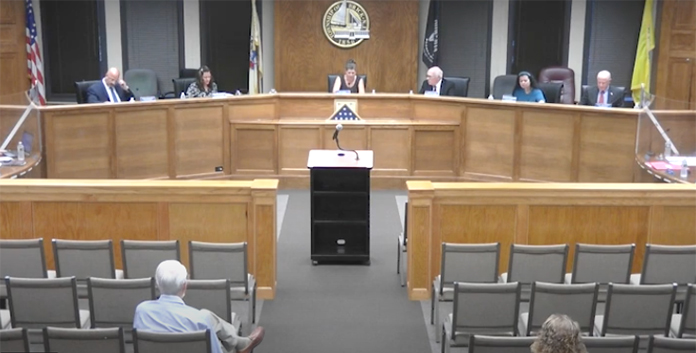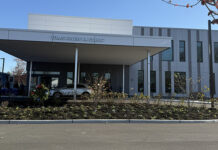
BRICK – An ordinance passed in April of this year that establishes impervious lot coverage limitations in the township had unintended consequences on retirement communities, said Council President Lisa Crate during the September 14 Council meeting.
Impervious coverage means any construction that blocks water from entering the ground, such as buildings, driveways, roads, etc. It is defined by what percentage of a given property is impervious. Towns limit impervious coverage in order to maintain open areas, allow for drainage, and to control development.
As land gets covered with buildings, sidewalks, driveways and other impenetrable material, rainwater does not get absorbed into the ground, resulting in water runoff that can cause draining problems or flooding.
The newly-established impervious lot coverage limitations included 70 percent for zone R-5; 65 percent for zone R-7.5; 60 percent for zone R-10; 55 percent for zone R-15; 50 percent for zone R-20, and 30 percent for zone RR.
“The one thing that was overlooked was the fact that the [senior] communities are in the RR zone, which is designated a 30 percent maximum impervious coverage,” Crate said.
Some senior communities already exceed the 30 percent impervious coverage just by the house alone because of how the communities were designed, so any improvements such as a patio, a sunroom or deck would technically require a variance. As a result, the ordinance would be amended, she said.
The amended ordinance, which was passed on its first reading, establishes a maximum permitted allowable impervious surface coverage in a planned residential retirement community, and creates a new PRRC zone with an impervious coverage limit of 70 percent for single duplexes, triplexes and quads.
During public comment, Joe Orth of Cleveland Avenue asked how allowing builders to build bigger things on a piece of property benefits taxpayers.
“This type of development just increases stormwater runoff, which increases bacteria levels at Windward Beach and other places, so I’m just hoping that you’ll reconsider that particular amendment,” he said. “I think it needs more of a look.”
Resident Melinda Murray said she has observed that township lots are getting subdivided, “and we just keep getting more and more water, and everything is just okayed,” she said. “Coming out of Forge Pond…there’s times I actually have to wear boots to go to my car.”
Turning to Mayor John G. Ducey, Murray quoted him as having said that Brick is just about built out.
“Where are seniors going to build if we’re almost built out?” she asked.
The mayor said it was the township engineer and planner who said Brick was almost built out, not him. “I disagreed with them,” he said. “That’s why I started the Open Space Savers, because they say we’re built out, but I see these little cul-de-sacs jumping up all over the place.”
(The mayor was referring to a new committee being formed that would be tasked with identifying undeveloped parcels of land for possible acquisition by the township to preserve those properties from development).
Councilman Paul Mummolo said the amended ordinance was meant to address existing senior residences where the owner wanted to add a patio or anything outside their house.
“The way the ordinance was written, it wouldn’t allow them to do that,” he said. “They’re not adding onto their homes, they’re just putting a patio out or pavers in their backyard, they couldn’t do it.”
Murray asked if the resulting runoff would somehow be addressed.
Mummolo said the original impervious coverage ordinance addresses runoff.
“Before that, a builder could come in and build whatever they pretty much wanted on the property if it got approved by the Planning Board, so what we did was we brought that scale back down, limiting how much building they could do on their lot,” he said.






